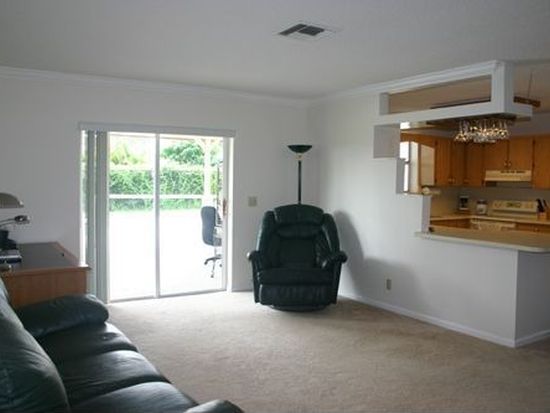

On the official expedition, he took 50 soldiers and a single ship and founded a settlement at Caparra, near what is now San Juan. (He may have unofficially traveled there on his own before that.) The Spanish crown to give Ponce de León permission to explore the island in 1508-09. Rumors of a place called Boriquen - where large deposits of gold were to be found - led Ponce de León to the nearby island of San Juan Bautista, as Puerto Rico was then known.

After Ponce de León suppressed a mutiny by Native Americans, Ovando rewarded him with the governorship of the eastern province of Hispaniola. Nearly a decade later, he was serving as a captain in the force commanded by Nicolás de Ovando, Spain’s royal governor of the island of Hispaniola (present-day Haiti and the Dominican Republic). Puerto Rico's third-largest city, Ponce, bears the explorer's name. After that war ended, he may have gone along on the second voyage to the West Indies led by Christopher Columbus in 1493.ĭid you know? Juan Ponce de León died in Cuba, but his remains were later transferred to San Juan, Puerto Rico, where they were put to rest in San Juan Cathedral. He later became a soldier, fighting in the Spanish campaign against the Moors in Granada. Born in 1460 into a noble family in León, Spain, Juan Ponce served as a page in the royal court of Aragon.


 0 kommentar(er)
0 kommentar(er)
